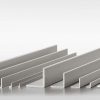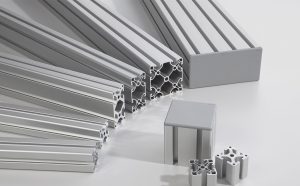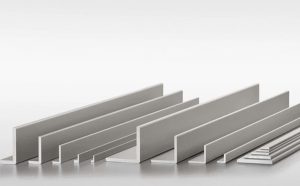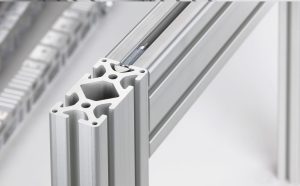A Comprehensive Guide to Aluminium Profile Grading Systems
Aluminium profiles are essential components in a wide range of industries, from construction and automotive to electronics and aerospace. To ensure the right material is used for the right application, aluminium profiles are graded based on various criteria. Understanding the grading system is crucial for manufacturers, engineers, and consumers to make informed decisions. In this blog post, we will delve into the intricacies of aluminium profile grading systems, exploring what they are, why they matter, and how they are determined.
What is an Aluminium Profile Grading System?
An aluminium profile grading system categorizes aluminium profiles based on their physical and chemical properties. This system helps in identifying the suitability of a particular aluminium profile for specific applications. The grading system considers factors such as alloy composition, mechanical properties, surface finish, and dimensional accuracy.


Alloy Designation System
Aluminium alloys are categorized based on their chemical composition. The most common system is the four-digit numerical designation established by the Aluminum Association (AA).
- 1xxx Series: 99% pure aluminium, excellent corrosion resistance, and high electrical conductivity (e.g., 1100).
- 2xxx Series: Copper is the principal alloying element, high strength, used in aerospace (e.g., 2024).
- 3xxx Series: Manganese is the principal alloying element, good corrosion resistance, moderate strength (e.g., 3003).
- 4xxx Series: Silicon is the principal alloying element, good wear resistance, used in welding applications (e.g., 4043).
- 5xxx Series: Magnesium is the principal alloying element, good corrosion resistance, high strength (e.g., 5052).
- 6xxx Series: Magnesium and silicon as the principal alloying elements, good mechanical properties, and corrosion resistance (e.g., 6061, 6063).
- 7xxx Series: Zinc is the principal alloying element, very high strength, used in aerospace (e.g., 7075).
- 8xxx Series: Other elements (e.g., 8006, often includes lithium or iron).











Add comment